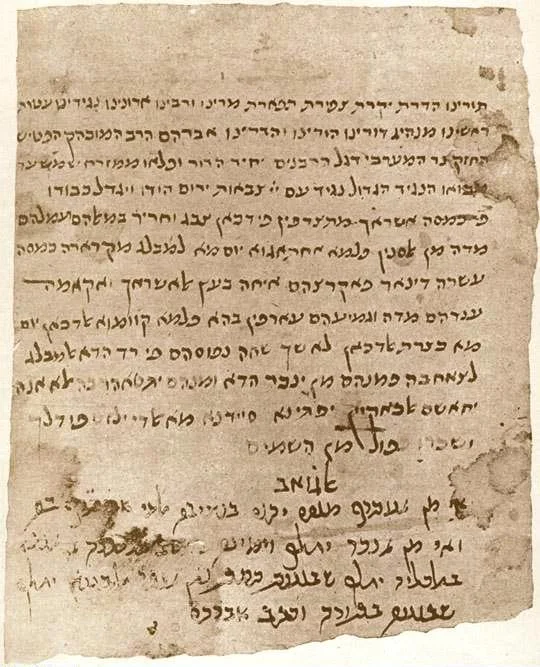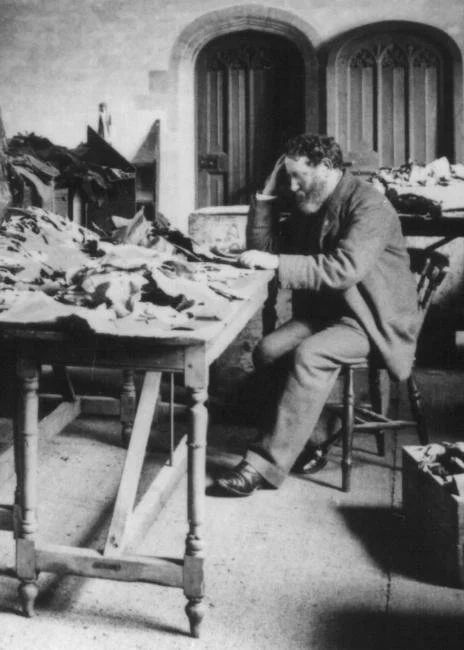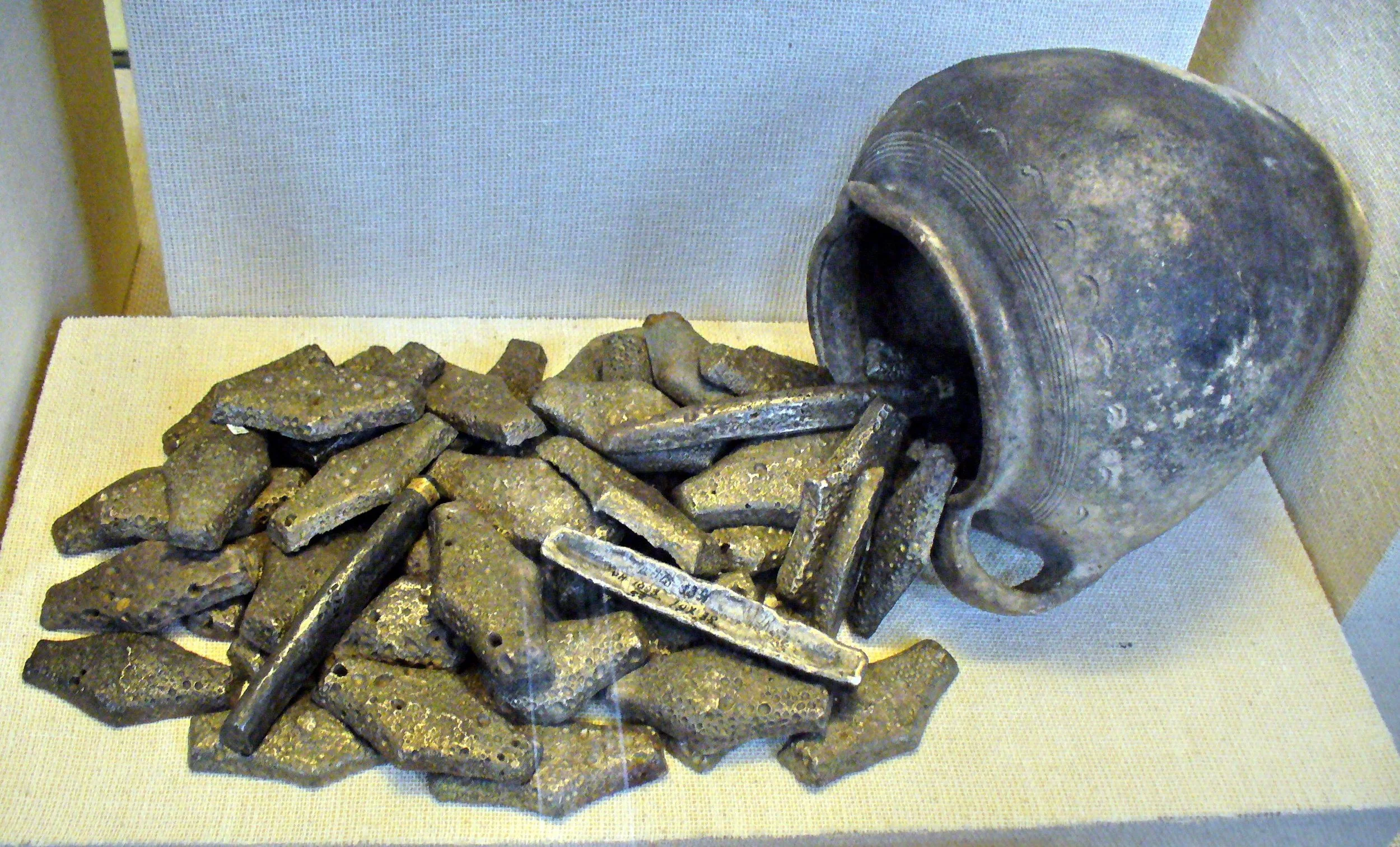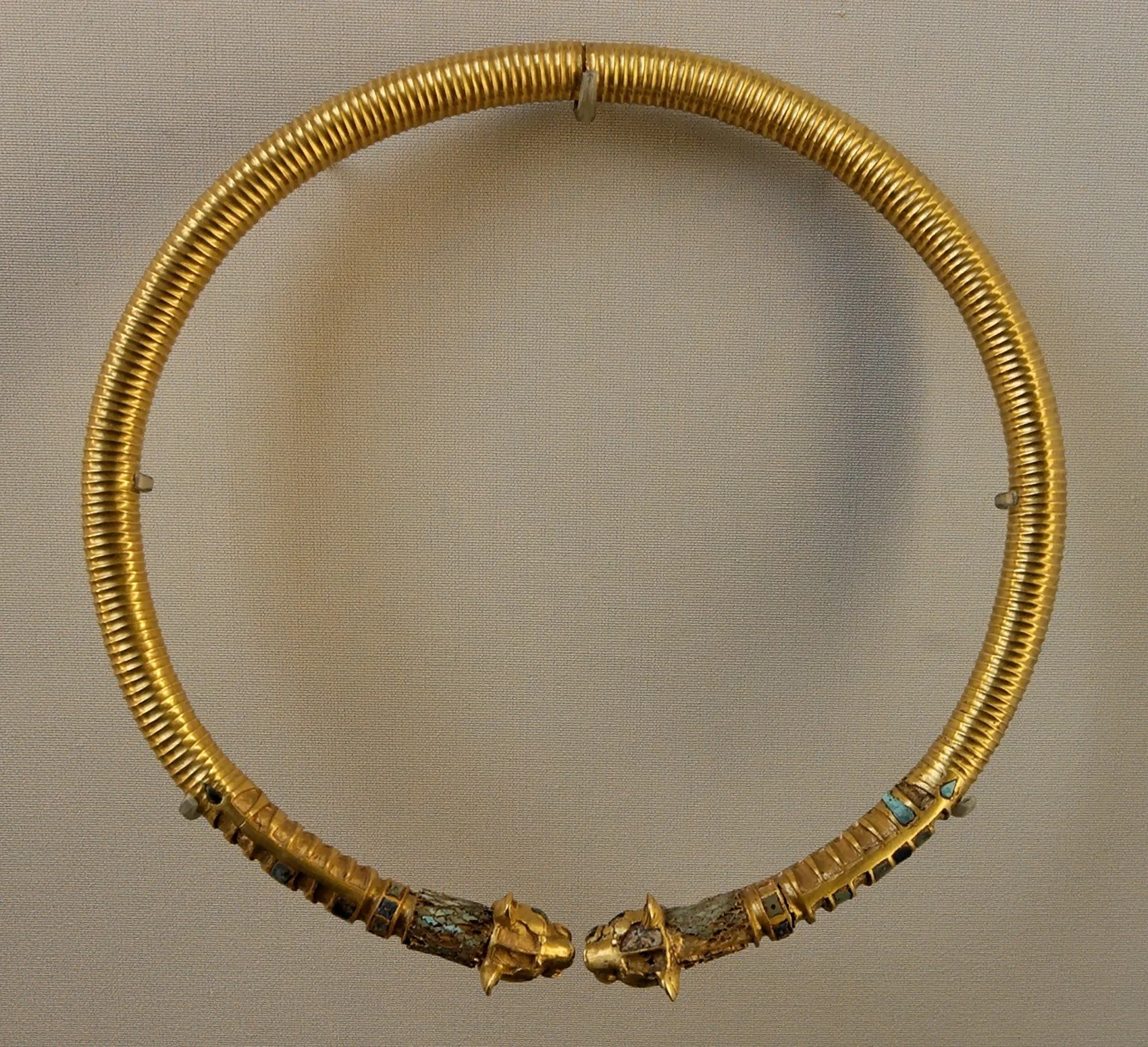
S2:E4
Who Do You Trust
when
All the Sources Lie?
The Kievan Rus’ At Last
image: Oleg of Novgorod, Viktor Mikhailovich Vasnetsov, 1899 (public domain via Wikimedia Commons)
According to the Rus’ Primary Chronicle, Oleg of Novgorod may have taken control of Kiev (Kyiv) from its previous ruling occupants, Askold and Dir. With Kiev as the new capital of the Rus’ empire - now known as the Kievan Rus’ - Oleg established a base from which to launch territorial expansion and defend the Rus’ people from outside attack.
Whether Oleg was the son of Rurik or a later descendant is up for debate. The sources for Oleg’s life, the Rus’ Primary Chronicle and the Schecter letter, contradict each other at several points.
image: letter signed by Abraham, son of Maimonides, from the Cairo Geniza (public domain via Wikimedia Commons)
The Cairo Geniza
The Cairo Geniza provides some of the more valuable written sources for early medieval history through the modern era. A multi-lingual and culturally diverse collection of documents, the Geniza contains information about the activities of Jews, Muslims, and Christians across the Middle East, north Africa, and Iberian Peninsula.
The documents in the Geniza are of all types, from religious texts to administrative records. Particularly helpful are the letters, which give a unique and individualistic accounting of certain events.
image: Solomon Schechter looking over the Schechter letter from the Cairo Geniza (public domain via Wikimedia Commons)
image: a portrait of Schechter (public domain via Wikimedia Commons)
Rabbi Solomon Schechter, whose work at the Cairo Geniza yielded the Schechter letter and a number of important Jewish texts, was born in Moldavia (modern-day Romania) and lived most of his life in the United States. He worked as a researching faculty member at Cambridge, during which time he excavated and studied the texts from the Cairo Geniza.
Solomon Schechter (1847-1915)
The Grivna (гривна) was a form of currency and a unit of measurement. It got its name from the Proto-Slavic word for “necklace,” possibly due to the metal which formed these adornments. Grivnas were oblong in shape and most often made from silver. They were used as currency from around the 11th century.
Grivna
image: a Kievan Grivna (APEC via Wikimedia Commons)
image: Kievan Grivnas from the Moscow State Historical Museum (Лапоть via Wikimedia Commons)
image: Achaemenid Persian Torque necklace (public domain via Wikimedia Commons)
image: Novgorod Grivnas (APEC via Wikimedia Commons)







